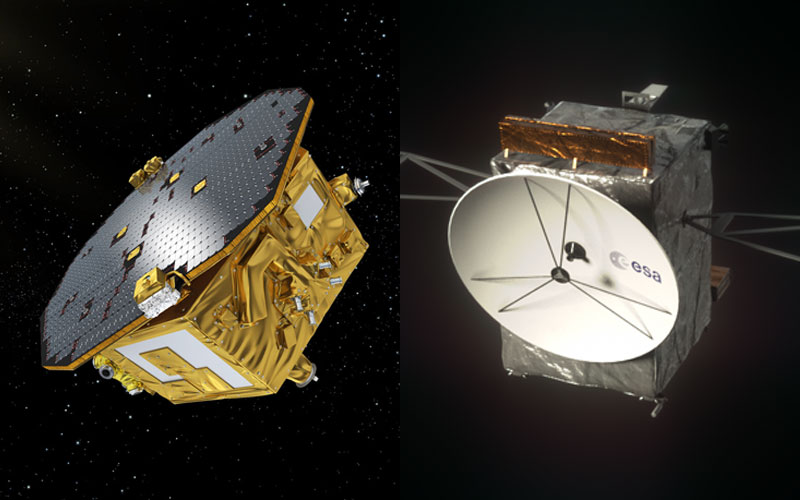
The European Space Agency has given the green light to a pair of ambitious science missions that will be launched in the 2030s.
During the agency’s Science Programme Committee meeting on 25 January, ESA officially adopted the LISA gravitational wave observatory and the EnVision Venus explorer. The successful adoption confirms that work can begin to incorporate LISA and EnVision into the agency’s growing science fleet. The next step in the development of the two missions will be to select a prime contractor to build them.
The Laser Interferometer Space Antenna (LISA) is a space-based observatory that will be dedicated to detecting gravitational waves. These waves are emitted during some of the most significant events in the Universe, like when two black holes collide. By measuring these waves, ESA researchers hope to prove the entire history of the Universe back to before stars and galaxies were formed.
The LISA mission is expected to be launched in 2035 and will consist of three spacecraft that will fly in a triangulation formation approximately 2.5 million kilometres apart. To detect the gravitational waves, the trio will look for subtle changes in the distance between free-floating cubes aboard each spacecraft.
EnVision will be ESA’s second mission to Venus after Venus Express, which was launched in 2005 and gathered data for over nine years, well past its initially planned 500-day mission. With a planned launch in 2031, EnVision is expected to conduct an in-depth study of the planet from its inner core to its upper atmosphere with the aim of providing a holistic view of the planet’s history and climate. The mission will include contributions from NASA, with the agency supplying a Synthetic Aperture Radar and Deep Space Network support for critical mission phases.
According to ESA, both LISA and EnVision will be launched aboard Ariane 6 launch vehicles.




